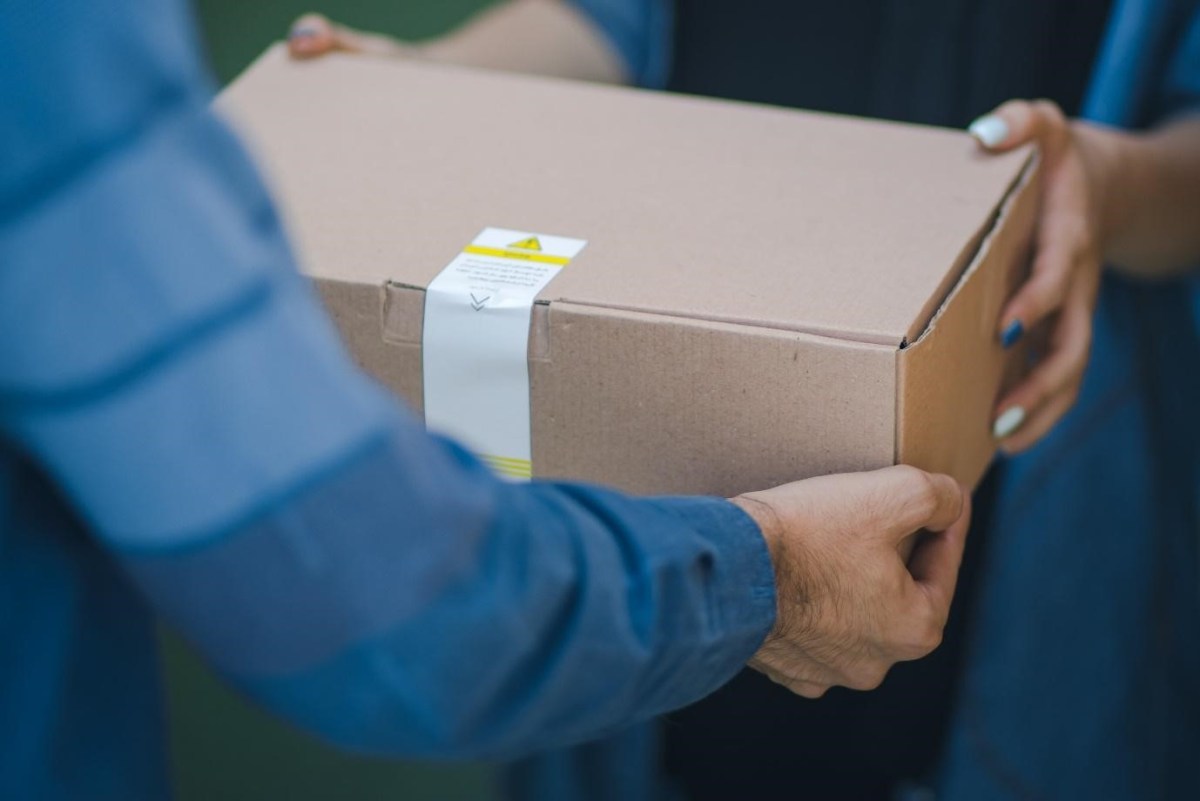Most people know what it feels like to wait for a delivery. After making a purchase, customers find themselves continually refreshing the tracking page, sitting in an information blackhole with no view of where or when goods will be delivered. What’s more, in recent years, our expectations of how quickly and smoothly we receive deliveries have shifted dramatically.
Partly driven by the COVID pandemic, ideas around what makes a good delivery have changed forever, and combined with the rising demand for deliveries, many retailers’ last-mile delivery systems are now hitting a bottleneck.
Companies are facing challenges in managing the increased demand on their delivery processes, leading to delays, customer dissatisfaction, and ultimately higher delivery costs for companies and their customers.
The last mile is the most expensive and time-consuming part of the supply chain process, typically amounting to over half of total shipping costs. Every added inefficiency in the last mile process drives the cost of deliveries higher.
Retailers don’t have to have endless resources to get the last-mile experience right – a few simple changes to your operations and some help from the right tech can transform your last-mile delivery process.
Retail giants have started to nail the last-mile delivery, which has put pressure on the wider industry to match or exceed these standards. It’s all about elevating the customer experience and building brand loyalty, and if your service is as good as Amazon’s, the size of your company doesn’t matter.
Here are five strategies to transform your last-mile delivery operations into a seamless experience.
Automate delivery route optimisation: The optimisation of delivery routes in real-time ensures deliveries are dispatched using the most efficient paths, minimising travel time and reducing carbon footprint. These route optimisation algorithms require many calculations making it impossible to perform manually.
Dynamic route optimisation minimises wasted time and resources resulting in quicker deliveries for the customer while taking pressure off drivers from a work management perspective.
Activate real-time tracking and communication: Transparent communication is vital. Providing real-time tracking and updates enables customers to monitor their deliveries closely and make necessary arrangements such as meeting the delivery driver for larger items, or simply being able to plan out their day.
Customers value a superior tracking experience with features such as live driver locations, messaging functionality and accurate ETAs, all in a convenient app or web page.
Centralise your data: No matter how much data you have, if it is not organised there’s only so much you can do with it. By putting delivery data in one centralised location, businesses can better understand the ins and outs of their last-mile delivery process and make adjustments as needed to improve it.
Being able to build a bank of nuanced delivery data for customers means that no matter who is making the delivery, be it a new team member or contract staff, the information needed to make a pin-point accurate delivery is constantly being tracked and updated.
Collaborative, local delivery partners: Partnering with independent delivery operators to bolster your delivery ecosystem increases delivery capacity during busy periods, further enhancing the speed and efficiency of last-mile deliveries. The catch is ensuring they have the tools they need to meet your delivery SLAs and processes.
Teaming up with independent delivery operators to build a delivery ecosystem is a smart move to up your delivery game during seasonal fluctuations in business. If you can then equip those drivers with app-based templated delivery processes with inbuilt alerts and reminders, they can deliver to your SLAs from day one, enabling your customers to get the same level of service from your contractors as they have come to expect from permanent staff.
Integrate delivery tech with other functions: There is a crucial link between job scheduling and dispatch with the likes of invoicing and accounting. Automated integration with other business systems offers a smoother ‘end-to-end’ experience for customers and reduces double or triple handling – minimising human error.
Enabling delivery drivers and dispatch officers to perform functions such as submitting invoices on the go through your dispatch tech can save an abundance of time. It makes reconciling your accounts quick and easy while maintaining data security and compliance.
Roy Moody is CEO of last mile dispatch software provider, vWork.

